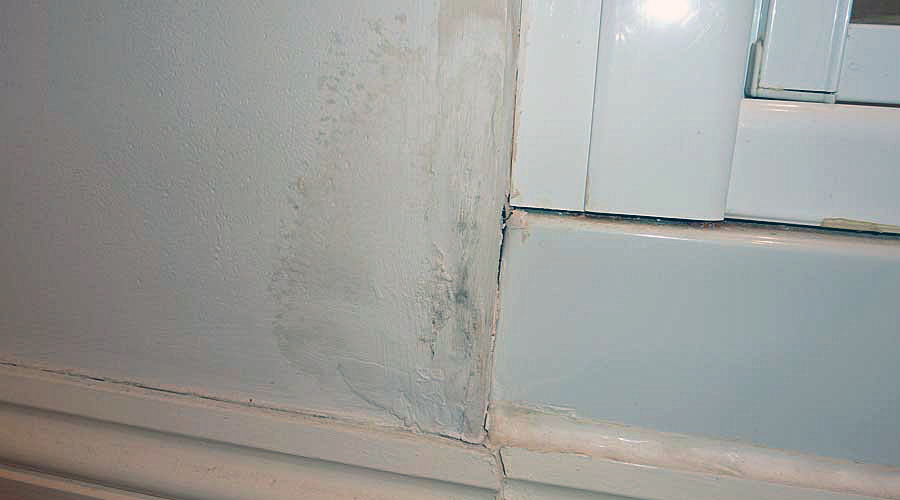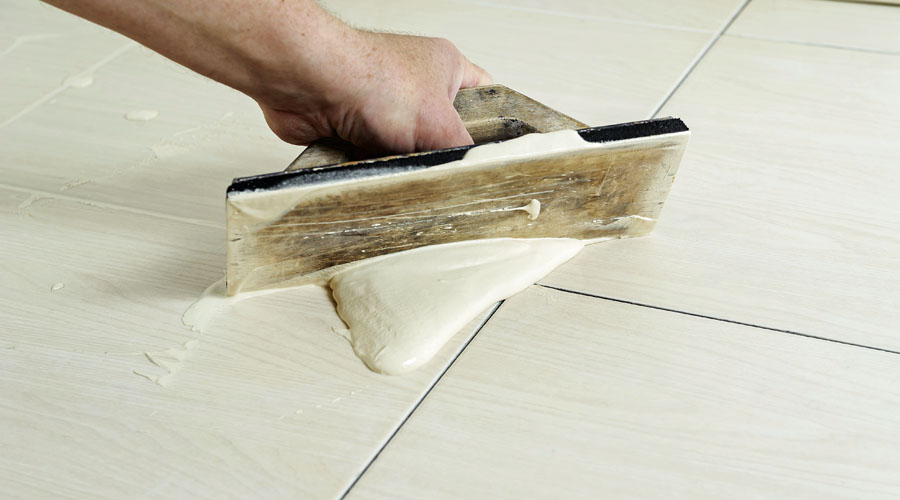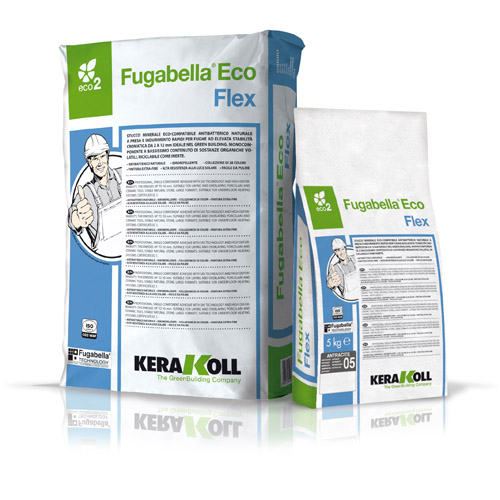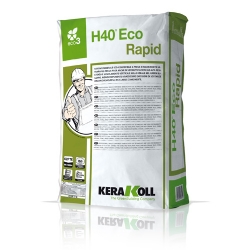Common causes of water leaks from shower enclosures
The source of a water leak from a shower enclosure can be difficult to detect and cause a great deal of damage to the fabric of a house. Modern shower enclosures are generally robust and well-designed products but they do need to be installed in strict compliance with the manufacturer’s instructions if they are to operate correctly and water leaks prevented. Here we discuss 4 of the most common causes from water leaks from shower enclosures.
Failing to seal the shower tray correctly prior to installing the shower enclosure
This is unfortunately a very common and avoidable issue. The great majority of shower enclosures require the shower tray to be completely sealed to the wall tiles with a good quality antibacterial sanitary silicone sealant prior to installation of the shower enclosure and to ensure that the sealant has had time to fully cure. This is usually 24 hours but curing time may differ for individual products so it is always advisable to carefully read and follow the manufacturer’s instructions. If the shower enclosure is installed prior to sealing the shower tray water will often escape from the joint between the shower tray and wall tiles at the base of the shower enclosure wall fixing profiles.
![]()
![]()
Incorrectly sealing of the shower enclosure to the shower tray
When installing a shower enclosure the manufacturers fitting instructions should be strictly followed. In most, but not all cases, shower enclosures should not be sealed at the base on the inside to the shower tray or wetroom floor with silicon sealant as this can prevent water from draining from the frame into the shower tray. The trapped water can build up and may leak from the frame or around the glass on the outside of the shower enclosure.
It should be noted that many modern semi-frameless shower enclosures and screens have minimal framework and may require sealing to the base or shower tray on the inside. Read the manufacturer’s instructions carefully and if in doubt contact their customer service departments for advice.
![]()
![]()
Failed or deteriorate tile grout joints
Tile grout deteriorates with time and, when first installing the tiles, grouts and adhesives should be suitable for use in a shower enclosure or wet environments. With age tile grout can crack which allows water ingress into the walls behind the tiles causing the grout, tile adhesive and wall to become wet and eventually the tiles can fail and become loose. Epoxy based tile grouts should be used for wetroom floors and tile grouts used in wet areas should contain an antibacterial additive to control mould and bacteria. Uk Tiles Direct recommends Kerakoll tile grouts and adhesives which are anti-bacterial, flexible, suitable for wet environments and available in a wide range of colours making them perfectly suited for bathrooms and wetrooms.
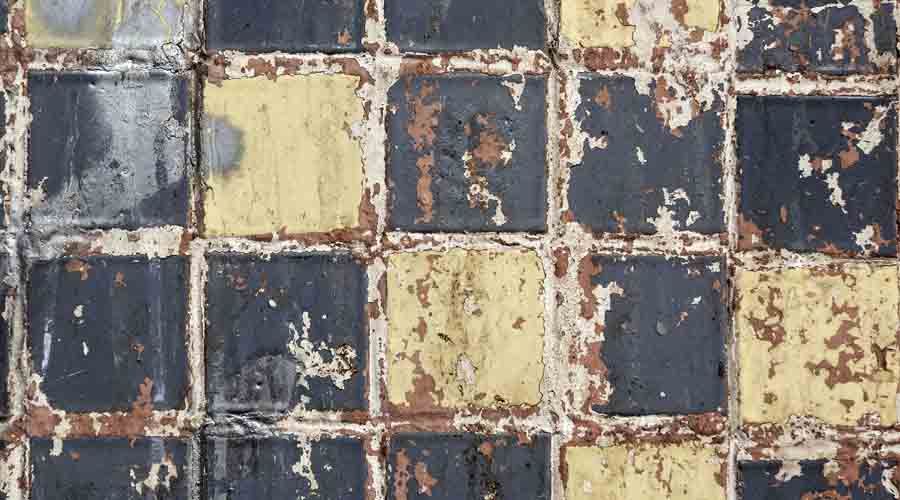
Failed or deteriorated silicone sealant
Like tile grouts silicone sealant will deteriorate over time and need to be renewed periodically, the frequency of which will largely depend upon the quality of the silicone sealant and the care taken in its application. When silicone sealant deteriorates it hardens and loses its elastic and adhesive properties and will eventually become detached from the shower enclosure, tray and tiles allowing water to leak out of the shower and into the walls and onto the floors around the shower and this can often be seen as damp patch on the ceiling of a room below the shower enclosure. When renewing silicone sealant it is very important to ensure that all of the old silicone sealant has been removed from all surfaces and that the areas to be sealed are completely clean and dry or the new sealant will not adhere correctly. Do not be tempted to seal over old silicone sealant.
![]()
![]()
UK Tiles Direct for tile adhesives, grouts and silicone sealants in Dorset
As tile retailers and experienced professional tiling contractors in Dorset Uk Tiles Direct only sell high quality tiles, tile grouts, adhesives and sanitary silicone sealants that are specifically intended for use in bathrooms, wetrooms and damp environments which is why we recommend Kerakoll tiling products which are also environmentally friendly. The complete range of Kerakoll tile adhesives, grouts, floor levelling compounds and tiling products can be viewed on our website and if you require help choosing the right products for your project please contact a member of our team who will be happy to answer your tiling questions.





